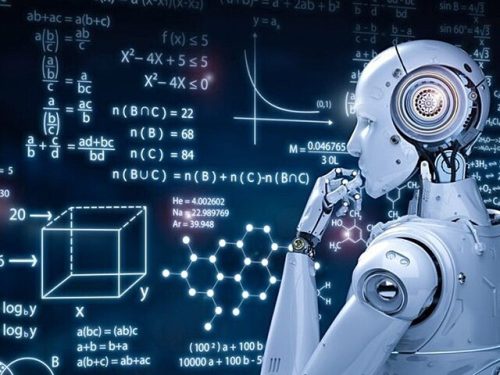In the ever-evolving landscape of the modern economy, software stands as the bedrock upon which countless transactions and financial operations rest. From ATM transactions to online stock trading, millions of lines of code, some dating back over half a century, power these critical functions. Surprisingly, a significant portion of Wall Street still relies on code from the Eisenhower era, an outdated framework that poses both operational and security risks.
At the heart of this archaic system lies COBOL, a programming language that made its debut in 1959. Over 43% of financial organizations still utilize COBOL as their digital foundation, handling an astonishing $3 trillion in daily trade, 95% of ATM card swipes, and the management of bank and savings accounts. While COBOL once ushered in innovation, it now serves as a barrier, preventing financial institutions from modernizing and exposing them to cybersecurity threats.
In an era where cyber espionage is increasingly sophisticated, clinging to pre-Beatles programming is akin to leaving the door wide open to malicious actors. Shockingly, the number of security vulnerabilities surged by 25% in 2022 alone. COBOL's susceptibility to SQL injection attacks, which can compromise sensitive data and disrupt commerce, poses a grave risk to global financial stability. The potential fallout from these dangers could be measured in trillions of dollars of economic worth and the financial well-being of millions.
Adding to the urgency is the dwindling pool of experts capable of maintaining this aging code. Before this critical knowledge base dries up, it is imperative that we embark on the journey of upgrading COBOL. While this process traditionally takes years or even decades, the advent of generative AI presents an opportunity to accelerate and economize this transformation.
Additionally, generative AI pair programming tools have emerged as a transformative force in software development, marking a historic milestone as AI integrates into the workforce. Already, AI-powered developer tools complete roughly 50% of code and halve development time. With AI taking the reins of the entire programming cycle, productivity gains are projected to skyrocket, potentially reaching between 55% and an astounding 1000% in the coming years. This formidable technology can comprehend existing mainframe code bases and automate up to 80% of the conversion process from COBOL to more agile languages like Java or Golang.
Empowering developers with AI is not merely a choice but a necessity for the financial services industry and other sectors reliant on legacy software. The gains in productivity, combined with the ability to navigate aging programming languages and expertly convert outdated code, are paramount to the preservation of our digital civilization. Through the embrace of AI and software, we have the potential to overhaul our economy's digital infrastructure in a matter of quarters, safeguarding trillions of dollars in economic activity.
As Wall Street teeters on the brink of a potential digital catastrophe, AI emerges as the beacon of hope that can steer us clear of another financial meltdown. Embracing this transformative technology is not just a prudent choice, but a crucial step towards securing the future of our digital economy.
























